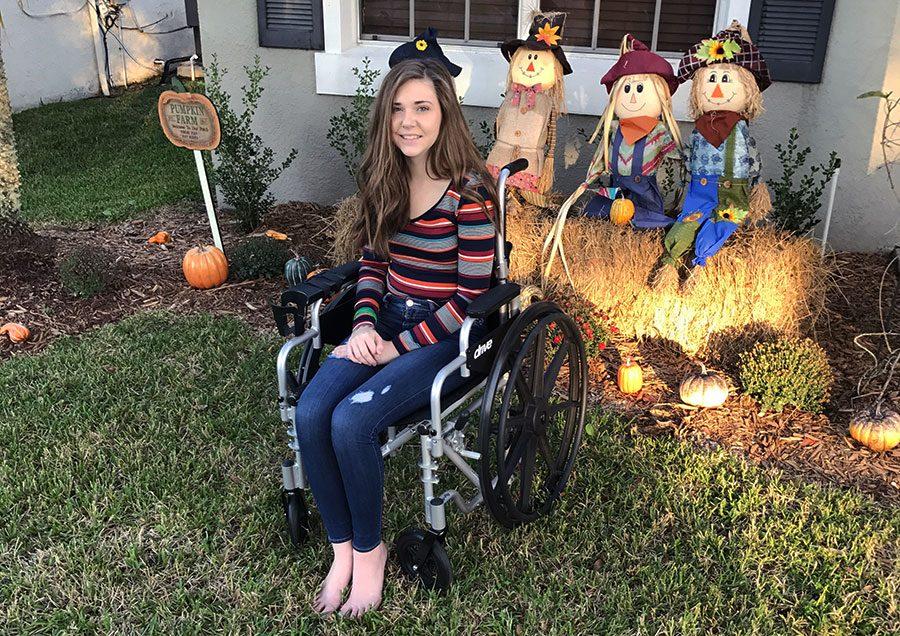ACCOMMODATING DISABLED STUDENTS
Schools will always work with disabled students to make accommodations.
November 18, 2016
Seminole is an extremely diverse campus that is full of tolerance and positivity. Administrators, teachers, and the school are willing to do whatever is necessary to assure that all students are properly accommodated. This mindset is especially applied to students who have disabilities, whether they are mental, physical, or emotional.
To be disabled is defined as the inability to perform one or more natural tasks because of an injury, illness, or disease. When students are unable to perform necessary tasks in an educational setting, the school must work with the parents and child to make accommodations for the student.
One of the most common tools that a school uses for their disabled students is a 504 Plan, which formally delineates all accommodations made available for a student. In order to obtain the 504 Plan, a student must have a disability and the school must determine that the disability substantially affects their learning.
There are four categories that accommodations fall under: presentation, response, setting, and time. Presentation relates to the change in the way instruction and information is relayed to the child. Response refers to the change in the way a child completes assignments. Setting is the change in environment of the child, and time is the change in how much time is allowed for a student to complete the task.
An example where accommodations are necessary can be seen in the case of sophomore Alyssa DeLotte, who was diagnosed with mitochondrial disease shortly before starting her freshman year. It is a disease that affects both cognitive and physical functions. She missed her entire freshman year due to her disability and had to take virtual school to make up the classes she was unable to take at Seminole High. Through the months her condition has improved enough to where she is was able to begin her sophomore year partially at Seminole High School.
In order for DeLotte to begin school in a classroom setting, many accommodations had to be arranged by administrators, guidance, and the school nurse. Specific accommodations that have been given to her include: extended walking and test time, access to elevators, and exemptions on certain state tests. She has also been allowed to take virtual classes and pencil-paper tests, all of which are imperative for her educational success.
“Once the paperwork is in place with documents and team signatures, the accommodations starts right away, in house here at school,” says guidance counselor Dr. Shenique Gilbert. “If it’s for sources like College board that can take several weeks.”
“The greatest accommodation I received has been my admittance into Health Academy, despite missing my freshmen year,” says DeLotte. “I have been able to take the freshmen and sophomore health classes simultaneously, which has kept my dream of entering the medical field alive.”
Making accommodations for students can mean the difference between success and failure in their education. There is an entire system that allows accommodations to be made and without it, the education system would look completely different.



















